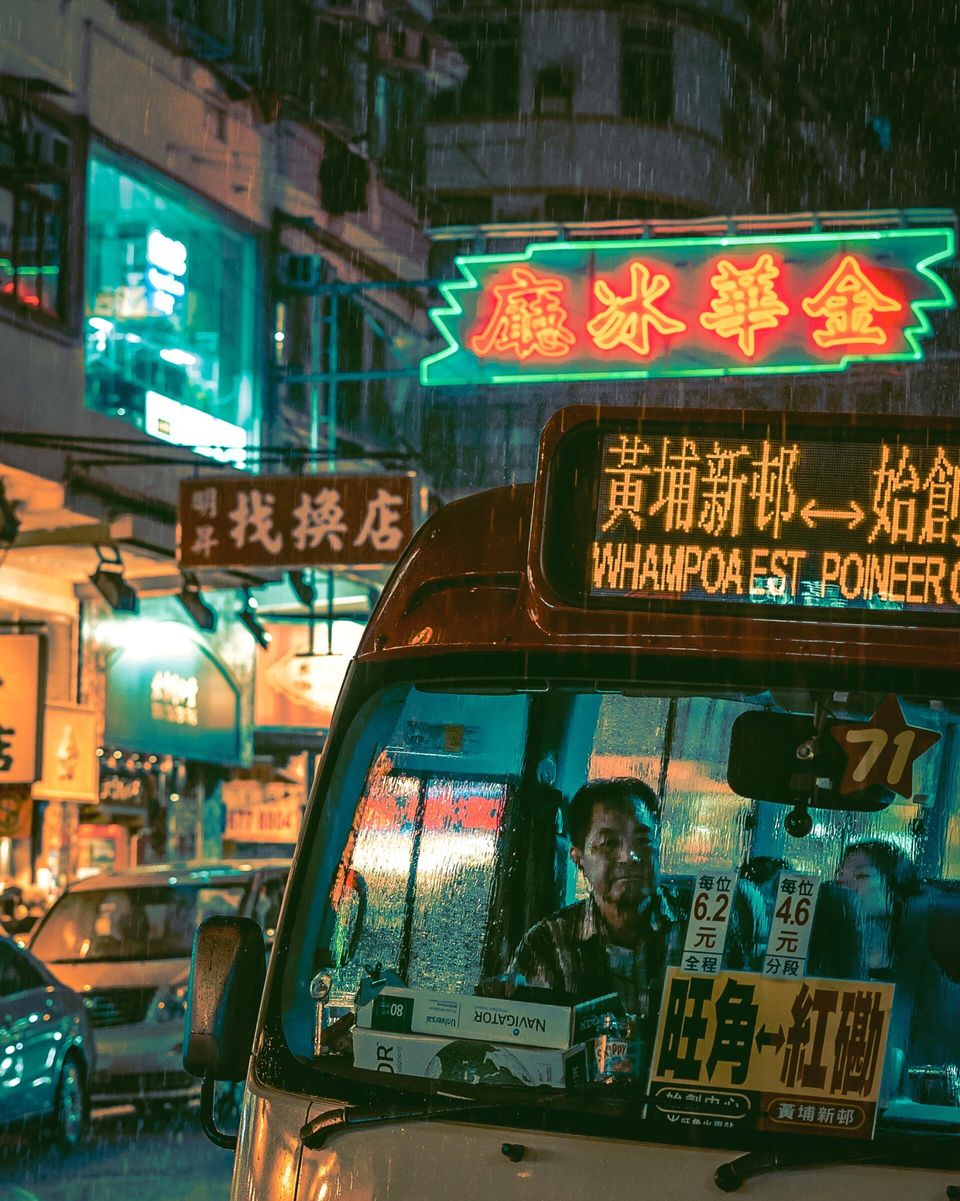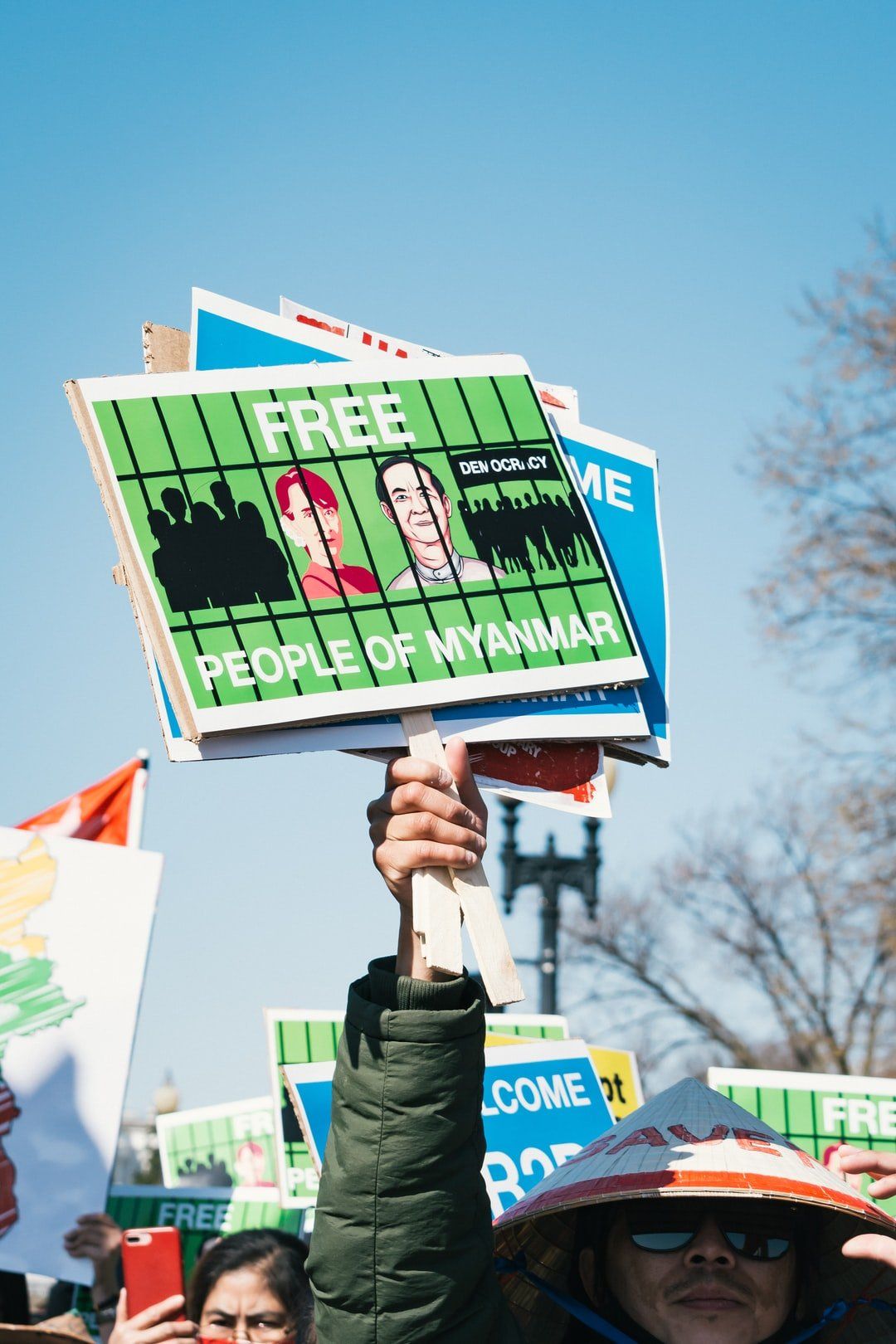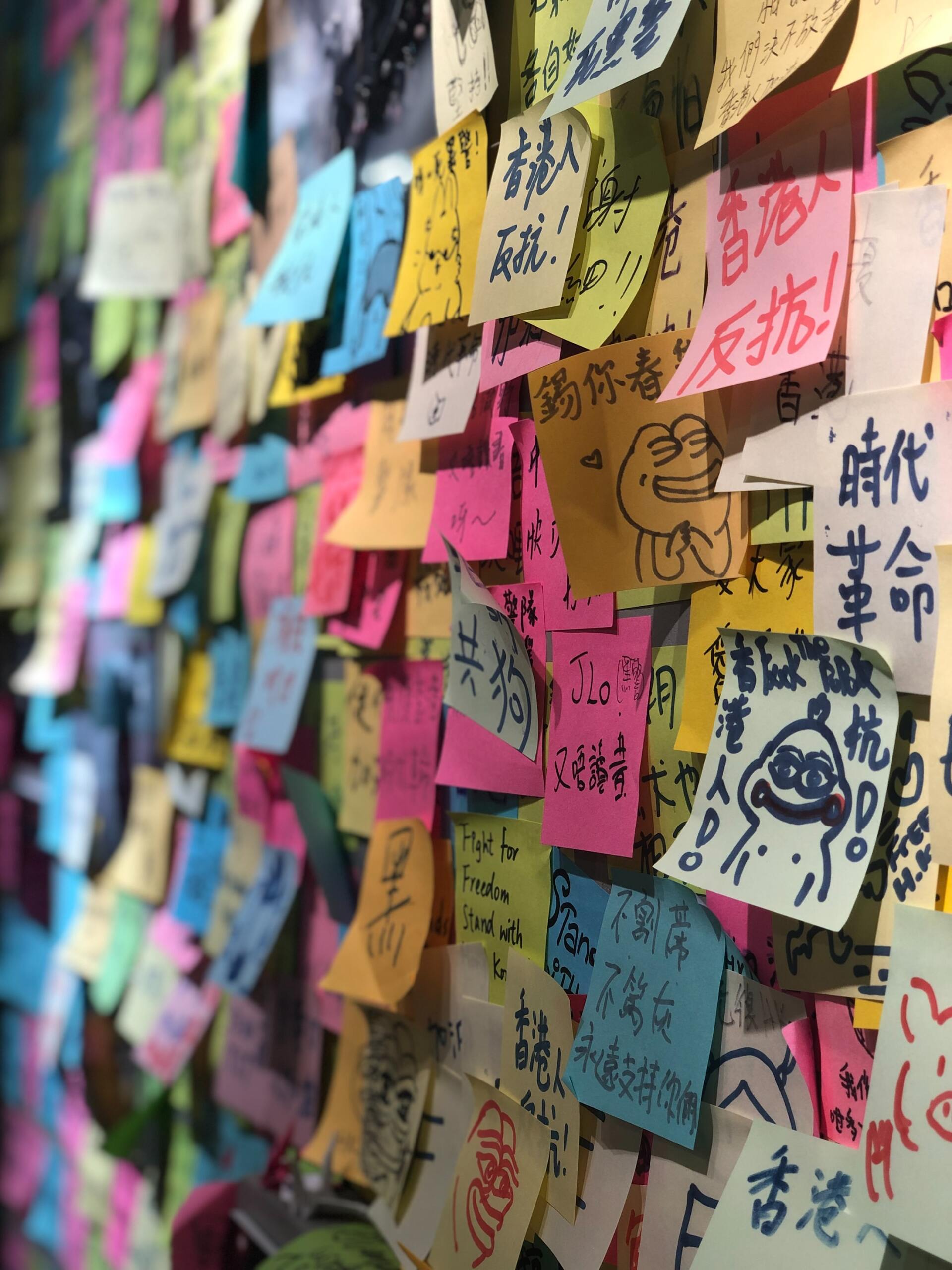MASS SURVEILLANCE
Orwellian Dystopia of the East
By Srishti Nair
October 10, 2020
“Nobody can move because they watch you through the video cameras, and after a while a voice came from the speakers telling you that now you can relax for a few minutes. That voice also tells you off for moving…we were watched, even in the toilet. In political education camp, we were always under stress.”
Rustam, a former detainee who spent months in political education camps, May 2018
Cameras loaded with facial recognition technology to track movements, extensive grid-like security network, street corners manned by armed police booths, AI based monitoring in schools; The Chinese government has resorted to targeting its own minority population by way of a far reaching web of high-tech mass surveillance systems utilizing QR codes, artificial intelligence, biometrics, big data etc.
In the Muslim dominated Xinjiang, alongside cameras the government has installed “data doors”, a machine that collects personal information off of electronic gadgets that people passing through it are in possession of. Knives engraved with machine-readable QR codes are posted on front doors which are scanned by officials to link people to their homes and belongings. The authorities also collect biometric data such as DNA, iris scans etc. and store them in accessible databases.
In addition, as reported by Human Rights Watch , the Integrated Joint Operations Platform (IJOP) is used to collect and monitor information ranging from personal information like blood type to miscellaneous information such as whether an individual has got a new number, made any donations to a mosque, made contact with any non-chinese number etc. Based on such dubious information, the program flags individuals who could be potentially threatening to the peace and security of the country.These individuals are then further investigated, or sent for detention and re-education. In order to add more survey-based data to the deep-learning system of IJOP, several face to face assessments have also been conducted by police officials. Following which they made use of parameters such as whether or not the person was Uighur, whether they prayed regularly, whether they taught Islamic culture to their children at home etc. to mark them as “safe”, “average”, or “unsafe”. In this manner, the officials concluded as to who is a potential threat and fitted for transformation through “education camps”.
Not only this, a high definition portfolio of face signatures has also been developed by the authorities by scanning people from different angles and with different facial expressions. Alongside this Uighur individuals have also been compelled to download nanny apps which keep a check on everything that they see, read, write and talk about using their smartphones. In several cases, even years of WeChat history has been used as evidence of the prerequisite for Uighur individuals to be sent to the detention camps.
In these camps, which are often referred to as vocational training centres by the Chinese authorities, Muslim minorities, are being forcefully detained wherein they are stripped off of their social, cultural and religious identity. Further, they are exploited as cheap labour to produce beauty products and exposed are to brutal torture, sexual violence, mass sterilization, abortions etc.
International response
UN and its officials have demanded official access to these camps. Even the United States of America has imposed sanctions on Chinese officials involved in persecuting the Uighurs and also passed a law requiring U.S. businesses and individuals operating or selling products in Xinjiang to ensure that their activities don’t contribute to human rights violation.
Several human rights activists and organisations including the Human Rights Watch have also called for other actions such as denying exports of technologies that facilitate abuse; insisting on allowing UN investigators in Xinjiang; and preventing China from targeting members of the Uighur diaspora etc. As contended by the Financial times , the time has come that countries across the globe participate in a realistic engagement to challenge this dystopia.
Read More


Watch Our Episodes





